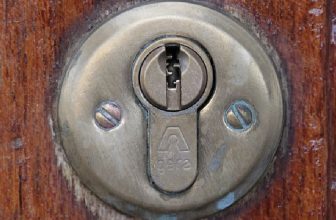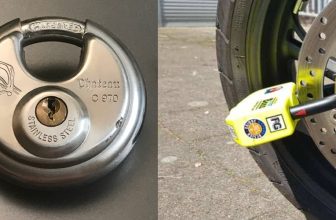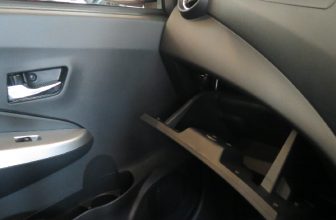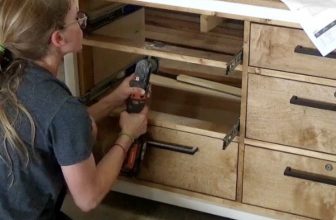How to Fix a Deadbolt Lock That Spins
A deadbolt lock is a crucial component of any security system, providing an extra layer of protection for your home or business. However, situations may arise where the deadbolt starts spinning without engaging the mechanism, rendering it ineffective and potentially compromising your safety.
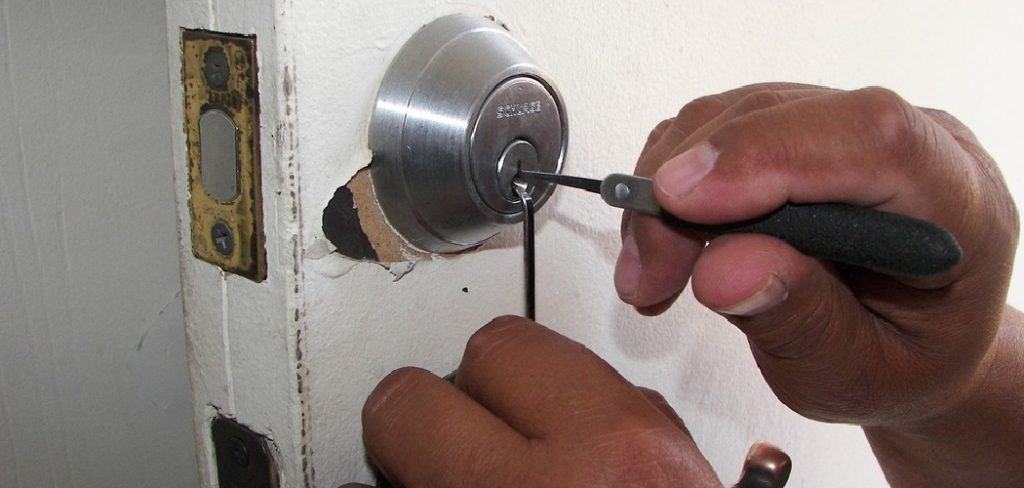
This guide on how to fix a deadbolt lock that spins will walk you through the steps to diagnose and fix a spinning deadbolt lock, ensuring that your entryway remains secure and functional. Whether you’re dealing with a worn-out lock cylinder, misalignment, or a malfunctioning key, understanding how to troubleshoot and address these issues can save you both time and money while enhancing your peace of mind.
Why Does a Deadbolt Lock Spin?
Before delving into the steps to fix a deadbolt lock that spins, it’s essential to understand why this issue may occur. Several common causes can contribute to a spinning deadbolt lock:
Worn-out Lock Cylinder:
Over time, repeated use and exposure to environmental elements can cause the internal components of the lock cylinder to wear down, making it difficult for the key to engage with the mechanism properly.
Misalignment:
If the deadbolt is not aligned correctly with the strike plate on the door frame, it can lead to friction between the latch and the strike plate, causing them both to wear out over time.
Damaged Key:
A damaged or bent key can also cause a deadbolt lock to spin. When the key is unable to push the pins within the lock cylinder correctly, it results in a spinning motion instead of engaging with the mechanism.
8 Step-by-step Guidelines on How to Fix a Deadbolt Lock That Spins
Step 1: Remove the Lock Cylinder
The first step in addressing a spinning deadbolt lock is to remove the lock cylinder from the door. To do this, use a screwdriver to remove the screws that hold the lock cylinder in place. Once the screws are removed, you can easily pull out the cylinder from the door.
You may also need to remove the latch plate and deadbolt mechanism from the door if they are part of an integrated system.
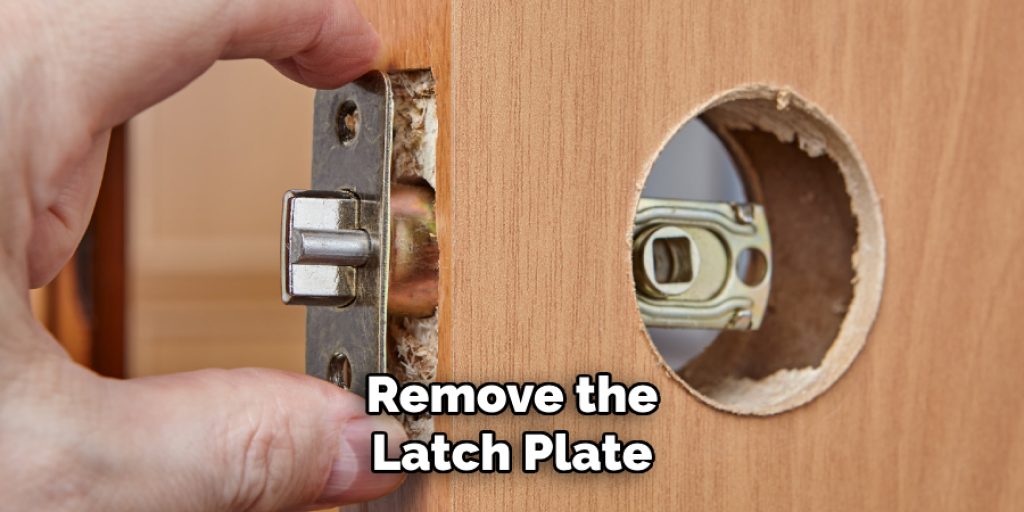
Step 2: Inspect the Lock Cylinder
Once you have removed the lock cylinder, take a close look at its internal components. Look for signs of wear and tear such as rust, dirt buildup, or damaged pins. If you notice any damage to these parts, it’s essential to replace them with new ones.
The lock cylinder may also need to be lubricated with graphite powder or a silicone-based lubricant.
Step 3: Check for Misalignment
Next, examine the deadbolt and strike plate on the door frame. If you notice any visible gaps or misalignment between them, use a screwdriver to adjust the position of either component until they are properly aligned.
It may also be necessary to replace the strike plate if it is worn or damaged.
Step 4: Inspect the Key
Take a closer look at the key you use for the deadbolt lock. If you notice any bends, cracks, or chips on the key, it’s time to replace it with a new one.
Using a damaged key can cause further damage to the lock cylinder and make it even more challenging to fix.
Step 5: Test the Lock Cylinder
After addressing any issues found during the inspection, it’s crucial to test the lock cylinder before reassembling everything. Insert the key into the lock cylinder and turn it slowly to assess whether it engages smoothly without any obstruction. If the lock turns effortlessly in both the locked and unlocked positions, you can proceed to reassemble the lock.
However, if you still encounter resistance or if the deadbolt spins without engaging, further inspection may be required. This could indicate underlying issues that need to be addressed before the lock can function properly. Remember, ensuring that the lock cylinder operates smoothly is vital for your security.
Step 6: Reassemble the Lock Cylinder
Once you have confirmed that the lock cylinder is functioning correctly, you can start reassembling it with all its components. Carefully follow the manufacturer’s instructions to ensure everything is put back in place correctly.

It’s important to make sure that all screws and components are securely tightened to prevent any future issues.
Step 7: Test the Deadbolt Lock
After reassembling the lock cylinder, test the deadbolt and make sure it operates smoothly without spinning. If everything works correctly, you can move on to testing it with a key.
Insert your key into the lock and turn it in both directions to check whether it engages smoothly and unlocks as expected.
Step 8: Regular Maintenance
To prevent future issues with your deadbolt lock, it’s essential to perform regular maintenance. This includes cleaning the lock cylinder and lubricating its internal components with graphite powder or a silicone-based lubricant. It’s also important to check for any signs of wear and tear regularly and address them promptly.
By following these steps on how to fix a deadbolt lock that spins, you can fix a deadbolt lock that spins without having to call a professional locksmith, saving you time and money in the long run. Remember, maintaining your locks is crucial for your safety, so be sure to inspect them periodically and address any issues promptly.
Frequently Asked Questions
Q: Can I Fix a Spinning Deadbolt Lock by Myself?
A: Yes, you can. By following the steps outlined in this guide, you can fix a spinning deadbolt lock without needing to call a professional locksmith. It’s important to note that if the issue persists after following these steps, it may indicate underlying issues that require professional assistance. It’s always best to prioritize your safety and seek professional help if needed.
Q: How Can I Prevent My Deadbolt Lock from Spinning?
A: Regular maintenance is key to preventing a deadbolt lock from spinning. This includes cleaning and lubricating the lock cylinder, checking for any misalignment or wear and tear, and addressing them promptly. It’s also essential to use a key that is in good condition and fits the lock properly. Additionally, making sure that the deadbolt and strike plate are correctly aligned can prevent friction and wear on both components.

Q: Can I Use Any Type of Lubricant on My Deadbolt Lock?
A: No, it’s essential to use a specific type of lubricant suitable for locks. Graphite powder or silicone-based lubricants are the recommended options as they do not attract dirt and debris, which can cause further issues with the lock. It’s important to avoid using oil-based lubricants as they can cause buildup and potentially damage the lock cylinder.
Q: What Should I Do If I Notice Signs of Wear and Tear on My Deadbolt Lock?
A: If you notice any signs of wear and tear, such as rust, dirt buildup, or damaged pins, it’s essential to address them promptly. This could include replacing worn components or adjusting the alignment of the lock. Ignoring these issues can lead to further damage and potentially compromise your home’s security.
Q: Should I Call a Professional Locksmith if My Deadbolt Lock Continues to Spin after Following These Steps?
A: If the issue persists, it’s recommended that professional assistance be sought. This could indicate underlying issues that require specialized knowledge and tools to fix properly. It’s always better to be safe than sorry when it comes to your home’s security, so don’t hesitate to call a locksmith if needed. However, following these steps can help you avoid unnecessary expenses on simple issues that you can fix yourself. Overall, regular maintenance and prompt attention to any issues are key to keeping your deadbolt lock functioning correctly. So be sure to inspect and maintain your locks regularly to ensure your home’s safety and security.
By following these steps on how to fix a deadbolt lock that spins, you can easily resolve this common issue without needing professional assistance. Remember, proper maintenance is vital for preventing future problems with your deadbolt lock, so make it a part of your routine household tasks. With the right tools and knowledge, you can keep your home secure and save time and money in the long run.

Conclusion
In conclusion, addressing a spinning deadbolt lock is a manageable task that can be accomplished with careful inspection and maintenance. By following the step-by-step guidelines on how to fix a deadbolt lock that spins outlined above, homeowners can effectively troubleshoot and resolve common issues related to deadbolt locks. Regular maintenance, including proper lubrication and alignment checks, will not only prolong the life of your lock but also enhance your overall security.
Should problems persist despite these efforts, it may be wise to seek professional assistance to ensure the integrity of your home’s locking mechanisms. Taking the time to understand and maintain your locks can save you hassle and expense in the long run, providing peace of mind in your daily life.

